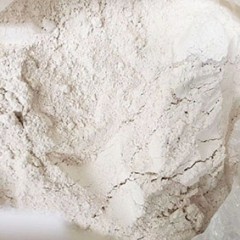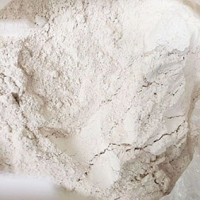Its mode of action is similar to that of imidacloprid, as it selectively inhibits the acetylcholinesterase
receptor in the central nervous system of insects. This disruption in the insect's central nervous system
leads to paralysis and ultimately death. T offers a wide range of advantages, making it a preferable alternative
to organophosphates, carbamates, and organochlorine insecticides, which often pose risks to mammals, have
residual effects, and environmental concerns.
Key Features of Thiamethoxam:
1. Multiple Modes of Action: Thiamethoxam exhibits contact, stomach, and systemic activity, making it effective through
various routes of exposure.
various routes of exposure.
2. Higher Activity: Thiamethoxam boasts superior insecticidal activity, ensuring effective pest control.
3. Enhanced Safety: It is known for its safety profile, posing minimal risks to non-target organisms and the environment.
4. Broad Spectrum: Thiamethoxam demonstrates a broad spectrum of activity against various insect pests, especially those
in the orders Coleoptera, Diptera, and Lepidoptera.
in the orders Coleoptera, Diptera, and Lepidoptera.
5. Rapid Action: It acts quickly to control pests, providing fast results.
6. Long-lasting Effect: Thiamethoxam's extended residual activity ensures prolonged protection against pest infestations.
Thiamethoxam is highly effective against a wide range of insect pests, including aphids, leafhoppers, whiteflies, leafhoppers,
mealybugs, Colorado potato beetles, nematodes, ground beetles, and leaf-feeding caterpillars. It is particularly valuable in
managing pests that have developed resistance to various classes of chemical pesticides. Notably, Thiamethoxam does not
show cross-resistance with other neonicotinoid insecticides like imidacloprid, clothianidin, and thiamethoxam.
mealybugs, Colorado potato beetles, nematodes, ground beetles, and leaf-feeding caterpillars. It is particularly valuable in
managing pests that have developed resistance to various classes of chemical pesticides. Notably, Thiamethoxam does not
show cross-resistance with other neonicotinoid insecticides like imidacloprid, clothianidin, and thiamethoxam.
This versatile insecticide can be applied in multiple ways, including foliar sprays, seed treatments, and soil treatments.
It is suitable for a wide range of crops, including rice, sugar beets, canola, potatoes, cotton, snap beans, fruit trees, peanuts,
sunflowers, soybeans, tobacco, and citrus fruits. When used at recommended doses, Thiamethoxam ensures crop safety
without causing harm or residues.
It is suitable for a wide range of crops, including rice, sugar beets, canola, potatoes, cotton, snap beans, fruit trees, peanuts,
sunflowers, soybeans, tobacco, and citrus fruits. When used at recommended doses, Thiamethoxam ensures crop safety
without causing harm or residues.
In summary, Thiamethoxam is a powerful and versatile insecticide that has become a valuable tool in modern agriculture.
Its effectiveness, safety, and broad spectrum of activity make it a preferred choice for pest management in a variety of crops,
contributing to sustainable and efficient agricultural practices.
Its effectiveness, safety, and broad spectrum of activity make it a preferred choice for pest management in a variety of crops,
contributing to sustainable and efficient agricultural practices.




